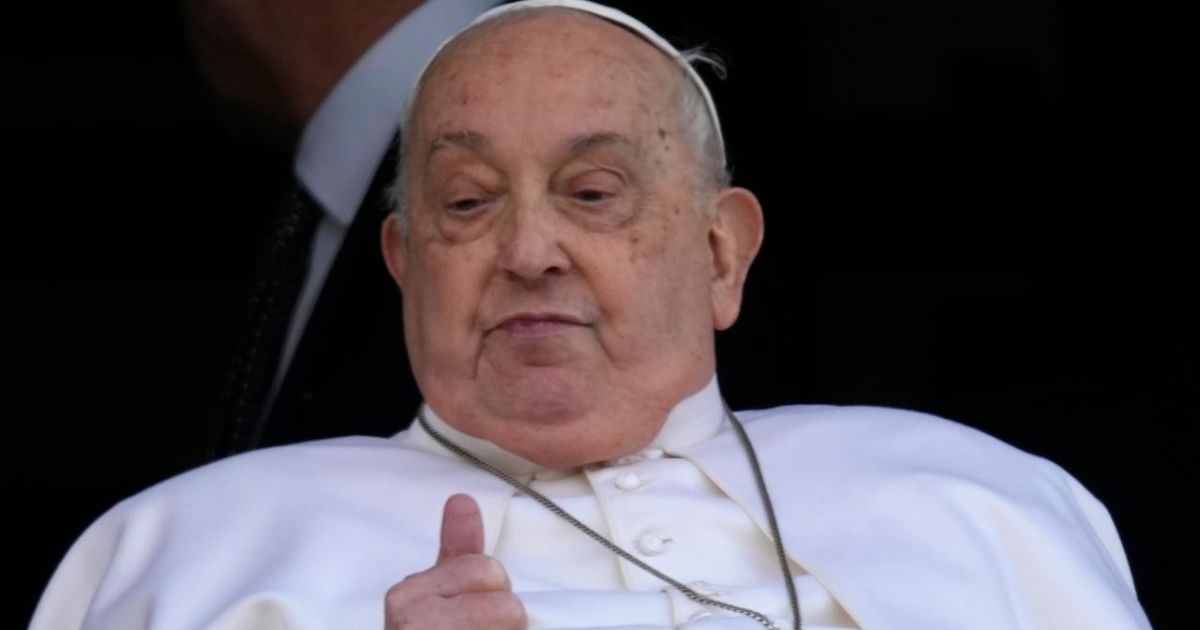Sometimes, the toughest choices aren’t just about what’s possible; they’re about what’s right. For doctors, these moments come with the weight of life and death. When Pope Francis faced a severe breathing crisis on February 28, his medical team members found themselves at a crossroad. They had two options. Fight with every resource available or let the pontiff pass peacefully.
The decision didn’t come lightly.
Dr. Sergio Alfieri, the doctor who has been in charge of Pope’s care, confessed in an interview on Tuesday, March 25, that the 88-year-old’s survival was far from guaranteed. In fact, at one point, the medical team even considered stopping treatment altogether.
“We needed to choose whether to stop and let him go, or to push it and attempt with all of the possible drugs and the treatments, taking the very high risk of damaging other organs,” Dr. Alfieri told Corriere della Sera. “In the end, that is the path we chose,” quoted AP News.
What followed was a story of massive determination of both the Pope and those who fought to save him.
The Pope’s breathing crisis was after a severe bronchospasm; he inhaled vomit which caused a rapid decline in his condition. According to Dr. Alfieri, Pope Francis and those close to him were very aware of the risk of death. “He might not survive the night,” the doctor admitted.
Even though he was in critical condition, the Pope was conscious and cooperative throughout. His personal health assistant, Massimiliano Strappetti, insisted the doctors to continue treatment. “Try everything. Don’t give up,” Strappetti said.
You have continued to pray for me with so much patience and perseverance: thank you so much! I also pray for you. Let us #PrayTogether for #Peace, especially in martyred Ukraine, Palestine, Israel, Lebanon, Myanmar, Sudan, and the Democratic Republic of Congo.
— Pope Francis (@Pontifex) March 23, 2025
The decision to proceed with aggressive treatment wasn’t free from risks. It also had chances of kidney and bone marrow damage. Fortunately, the Pope’s body responded positively, and the infection began to improve.
Pope Francis was discharged on March 23 after a 38-day stay in the hospital. After being free, he greeted a small crowd of well-wishers as he looked frail. Doctors have advised him to observe two months of convalescence and be distant from large gatherings.
The Vatican has yet to confirm whether the Pope will participate in Holy Week celebrations that continues up to Easter on April 20. Also, a scheduled meeting with King Charles III has been postponed after mutual agreement to wait for the Pope’s full recovery.
Pope Francis has made his first public appearance in over a month
He blessed the crowd and spoke to them
He now returns to the Vatican
— Catholic Arena (@CatholicArena) March 23, 2025
Dr. Alfieri said that the Pope’s health betterment was not only due to medical intervention but also thanks to the power of global prayers. “In this case, the whole world was praying. I can say that twice the situation was lost, and then it happened like a miracle,” he said.
He further added, “Of course, he was a very cooperative patient.”
As the Pope continues his recovery, the world awaits with hope for his return to health and public service.













